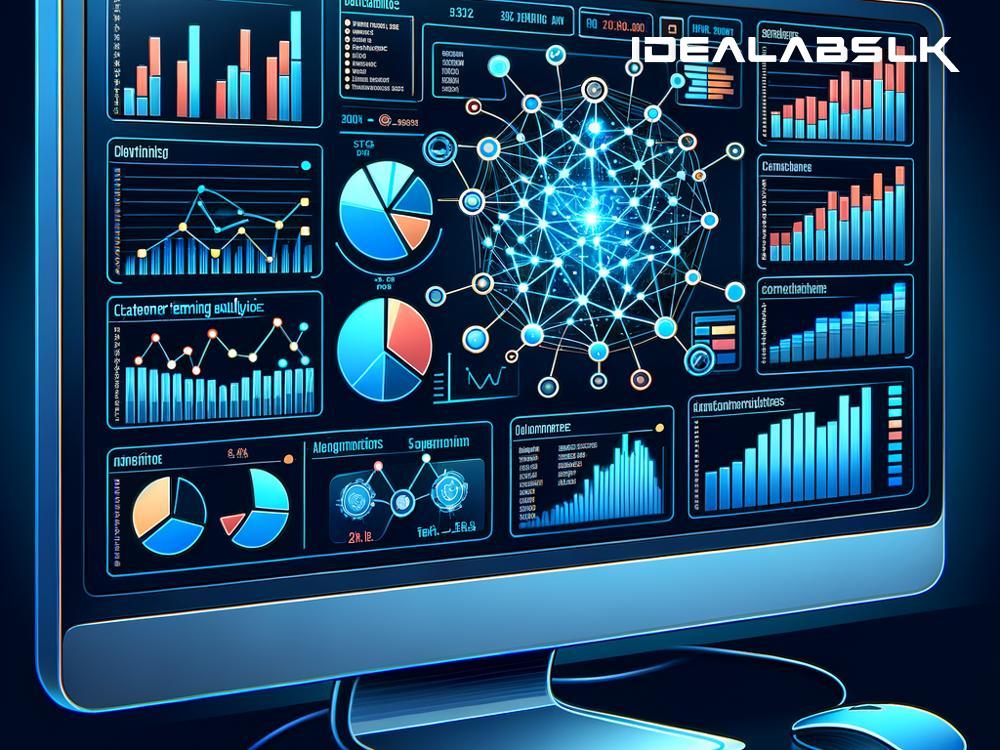Leveraging Machine Learning for Predictive Customer Behavior Analysis
In today's fast-paced world, understanding your customers is more crucial than ever. With businesses constantly vying for attention, knowing what your customer wants before they do can give you a considerable edge. This is where machine learning (ML) comes in, revolutionizing the way we predict customer behavior.
But first, what exactly is machine learning? Imagine teaching a computer to learn from experiences, just like humans. Machine learning enables computers to use data to learn patterns and make decisions with minimal human intervention. It’s like giving your computer a brain that gets smarter over time, adapting and improving its predictions as it gets to know your customers better.
So, how can machine learning be used for predictive customer behavior analysis? Let’s simplify this complex topic and understand its potential to transform businesses.
Understanding Customer Behavior
At its core, predictive customer behavior analysis is about anticipation. It's like being a mind reader, where you try to predict what your customers will do next based on their past actions. For businesses, this could mean predicting what products a customer is likely to buy, when they might buy them, or even when they might need customer support.
The Role of Machine Learning
Machine Learning comes into play as the powerful engine driving these predictions. By analyzing vast amounts of data on customer interactions, purchases, preferences, and feedback, ML algorithms can identify patterns and trends that humans might miss. These insights allow businesses to tailor their strategies, offering personalized experiences that meet customers’ needs precisely at the right time.
The Benefits Unpacked
1. Personalized Customer Experiences: Imagine visiting a website and finding exactly what you're looking for without even searching for it. With ML, businesses can personalize your experience, showing you products or content based on your past behavior. This level of personalization enhances customer satisfaction and loyalty.
2. Improved Product Recommendations: Ever wondered how online platforms recommend products that seem just right? That’s ML at work. By analyzing your buying history and preferences, ML algorithms can suggest products that you’re more likely to purchase.
3. Predicting Customer Churn: Keeping a customer is more cost-effective than acquiring a new one. ML helps businesses predict which customers are likely to stop using their service or product, enabling them to take proactive measures to retain them.
4. Optimizing Marketing Efforts: By understanding customer preferences and behavior patterns, businesses can optimize their marketing strategies, focusing on what works best for different segments, thus maximizing the return on investment.
From Data to Decisions
The journey from data to actionable insights involves several steps. First, data is collected from various sources like social media, websites, and customer feedback. This data is then preprocessed to make it suitable for analysis – which involves cleaning and organizing the data.
After preprocessing, machine learning algorithms are trained on this data. This is where the 'learning' part happens – the algorithm iterates through the data, learning patterns and refining its predictions over time. Finally, the insights generated can inform strategic decisions, from product development to marketing campaigns.
Real-World Applications
Many leading companies leverage ML for predictive customer behavior analysis. For example, online retailers use it to recommend products, media streaming services suggest movies and music based on your tastes, and banks offer personalized financial advice to their clients.
Getting Started
Implementing an ML-powered predictive analysis might seem daunting, but it’s increasingly accessible thanks to cloud computing and user-friendly ML platforms. The key steps include defining your objectives (what you want to predict), collecting and cleaning your data, choosing the right ML models, and continuously refining them based on feedback and results.
The Future is Now
The use of machine learning in predicting customer behavior is not a distant dream but a present reality. Its potential to provide personalized customer experiences, optimize marketing efforts, and improve business strategies makes it an invaluable tool in today’s data-driven world. As machine learning technology evolves, its accessibility and impact on predicting customer behavior are expected only to grow, marking an exciting era for businesses ready to embrace this innovation.
In summary, leveraging machine learning for predictive customer behavior analysis represents a significant leap towards understanding and serving customers better. By harnessing the power of data, businesses can not only meet but anticipate customer needs, setting the stage for enhanced satisfaction and loyalty. The future of business strategy is predictive, and machine learning is leading the charge.

